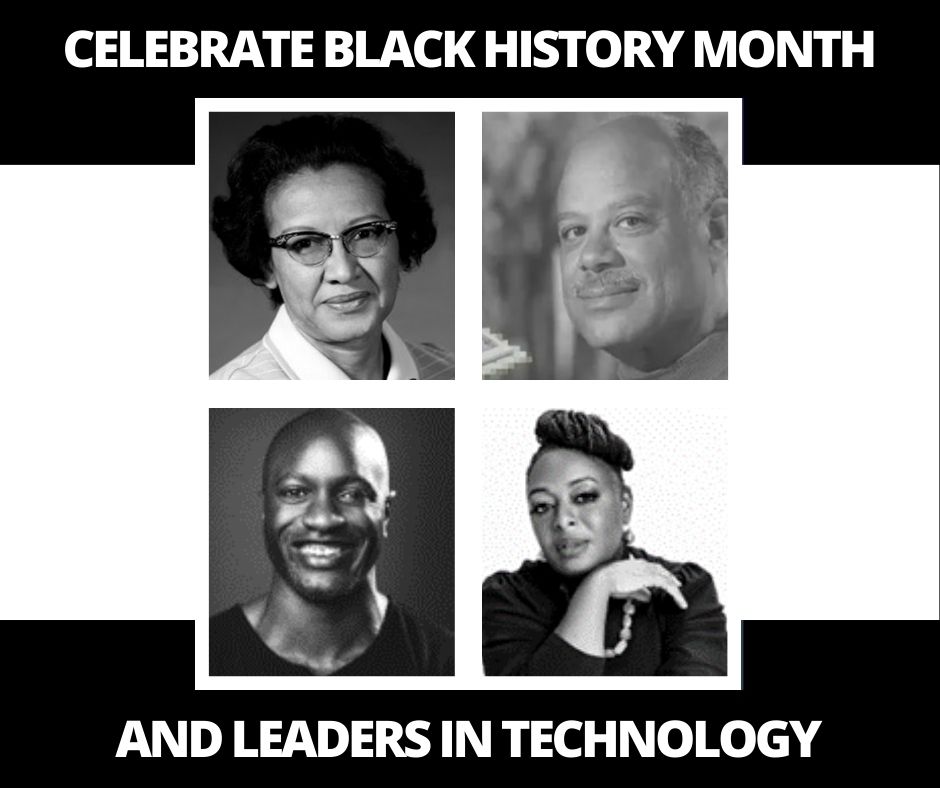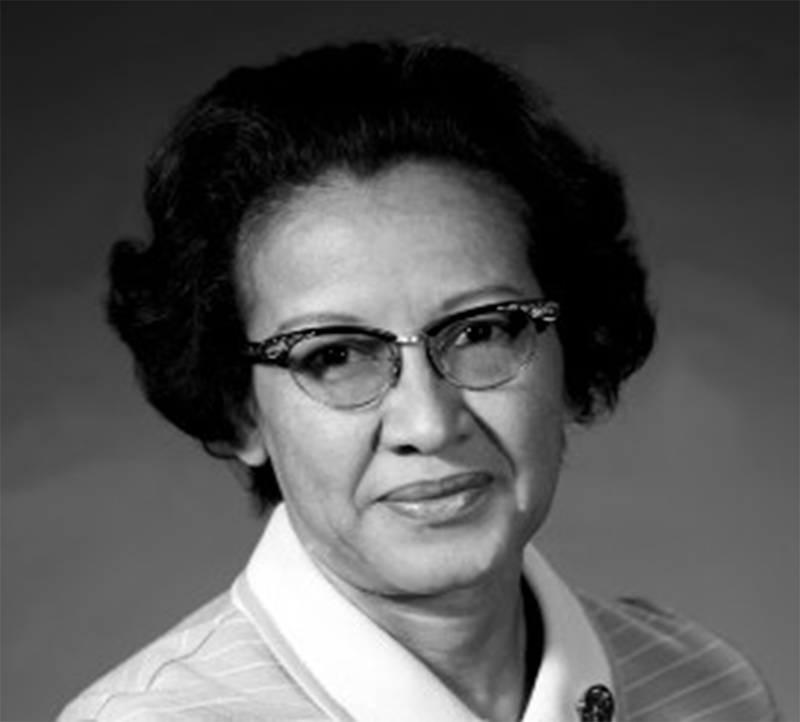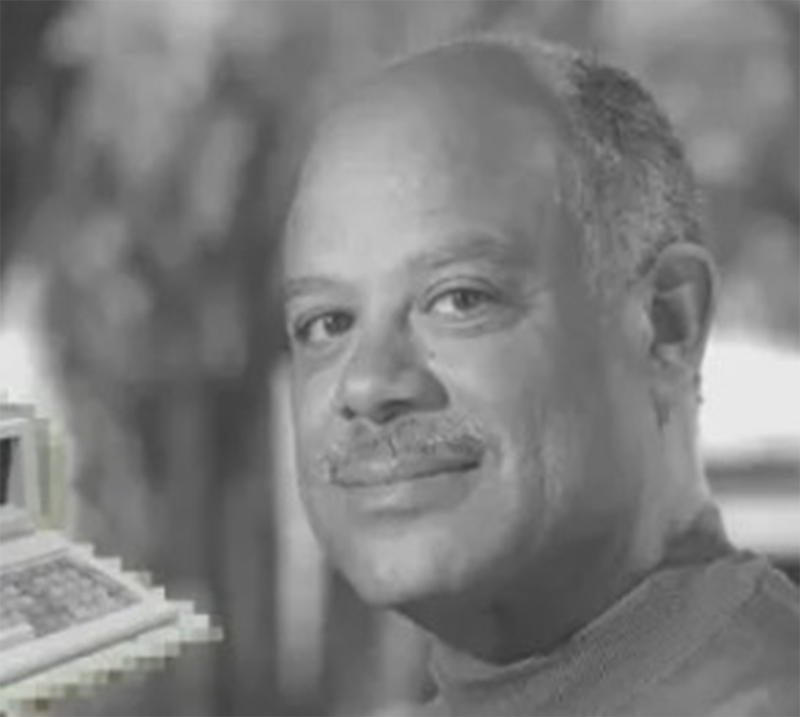Celebrating Black History Month and Leaders in Technology

By Andrew Palmer I.S.P., CIPS Ontario President
In celebrating Black History Month CIPS would like to take this time to recognize Black History Month within the technology field. It is important to acknowledge and celebrate the contributions of Black individuals in shaping the technology industry and contributing to a more diverse, inclusive, and equitable future.
In this article we would like to acknowledge a few Black Leaders within Technology who have strived for excellence in this field. We have recognized their achievements and contributions and highlighted their significant role in technology. These Leaders and many more like Martin Luther King Jr. have paved the way for all individuals, including myself to place high aspirational goals in striving for excellence. They placed foundational goals for anyone with a goal and determination can achieve.
As Canada observes Black History Month, this year’s theme highlights the 10th year of the International Decade for People of African Descent and recognizes that people of African descent represent a distinct group whose human rights must be promoted and protected.
Black Innovators and Pioneers:

Katherine Johnson
Katherine Johnson, whose story was popularized in Hidden Figures, attended college at age 15 and then worked at Langley Research Center, where she calculated optimal flight paths for NASA’s first space missions. She calculated the flight paths for Project Mercury and Apollo 11. When computers were brought into NASA, they were compared against her figures to make sure the computers’ calculations were accurate. President Barack Obama awarded Johnson the Presidential Medal of Freedom in 2015.
Mark Dean

Mark Dean knew from childhood that mathematics and computer science were his calling. His programs at the University of Tennessee, Florida Atlantic University and Stanford focused on electrical engineering. He began his career with IBM in 1980 and was the chief engineer on the team responsible for the first IBM PC. Among his many contributions to the tech field are colour PC monitors, plug-and-play printers and monitors, and the first gigahertz chip. He holds three of IBM’s first nine PC patents and more than 20 patents.
(photo: via black-inventor.com/dr-mark-dean)
Ime Archibong

A child of Nigerian immigrants who wanted him to become a doctor or lawyer, Ime Archibong disregarded his family’s wishes and followed his passion for computer science. Archibong attended Yale and Stanford before working for IBM, where he focused on licensing rights for the company’s storage research technology. In 2010, he joined Meta — then Facebook — as vice president of product partnerships. In 2019, he became the head of new product experimentation, making him the highest- ranking Black employee at the company. In these roles, Archibong has helped guide Meta through conceptualizing, designing and launching new services and technology. (photo: linkedin.com)
Kimberly Bryant

Kimberly Bryant is the founder of the nonprofit Black Girls Code. The organization provides financial and educational support to Black girls between the ages of 7 and 17 interested in computer science. The group aims to reduce racial and gender inequality in tech by encouraging and supporting more Black female tech professionals. An electrical engineer who spent more than 25 years in the biotech industry, Bryant turned her focus to the Black Girls Code initiative in 2011. The group has 15 chapters across 12 states and one in Johannesburg, South Africa. Business Insider recognized Bryant in 2012 as one of its “25 Most Influential African- Americans in Technology.” That same year, the White House named her one of its “Champions of Change for Tech Inclusion.” (photo: linkedin.com)
CIPS invites everyone to learn more about Black Canadian communities and how they continue to help shape Canada.
Learn more at: https://www.canada.ca/en/canadian-heritage/campaigns/black-history-month.html

